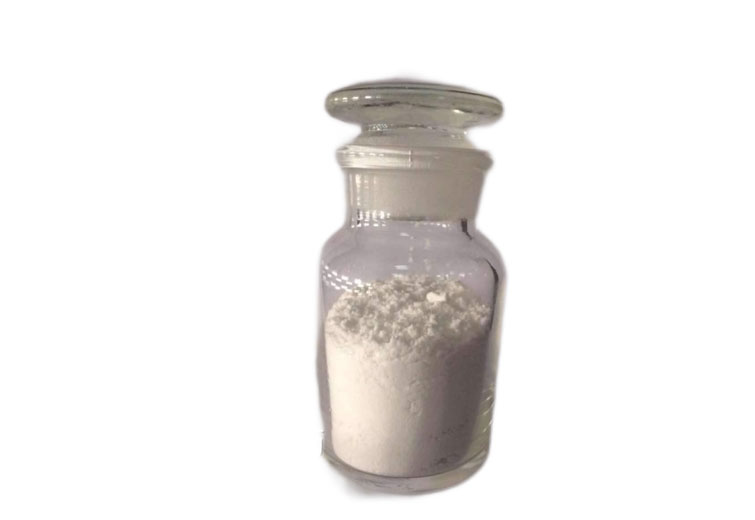
PYRIPROXYFEN 97%/98%TC 10.8%EC
1.Applicable crops: rice, wheat, corn, cotton, potato, vegetables, sugar beet, fruit crops
2.Control objects: With wings mesh, thysanoptera, diptera and lepidoptera pests, sweet potato whitefly and scale insects
3.Method of application: Directly applied in sewage pond or sprinkled throughout the flies breeding ground surface
4. Customerized packing label
5. FAO standard
6. Professional registration GLP,ICAMA,LOA etc.
What Our Customers Say About Pyriproxyfen
Pyriproxyfen FAQs
-
80%High PurityEnsure the reliability of each product.
-
58%Fast-Acting FormulaQuickly provide visible effects
-
What is Pyriproxyfen, and how does it work?
What is Pyriproxyfen, and how does it work?
Pyriproxyfen is an insect growth regulator (IGR) that disrupts the development of insect larvae, preventing them from reaching adulthood. It mimics juvenile hormones, inhibiting metamorphosis and reproduction. Effective against mosquitoes, whiteflies, and other pests, it is used in agriculture and public health programs. Its low toxicity to mammals makes it a preferred choice for pest control.
-
What pests does Pyriproxyfen control?
What pests does Pyriproxyfen control?
Pyriproxyfen targets pests such as whiteflies, scale insects, mosquitoes, and fleas. It is particularly effective in controlling immature stages, preventing larvae from maturing into reproductive adults. It is widely used in crops like cotton, vegetables, and fruits, as well as in mosquito control programs to reduce disease transmission.
-
Is Pyriproxyfen safe for beneficial insects?
Is Pyriproxyfen safe for beneficial insects?
Pyriproxyfen has minimal impact on pollinators like bees and predatory insects when used correctly. However, it may affect aquatic organisms, so avoid direct application to water bodies. Its selective action makes it suitable for integrated pest management (IPM) programs where preserving beneficial species is crucial.
-
Can Pyriproxyfen be mixed with other pesticides?
Can Pyriproxyfen be mixed with other pesticides?
Yes, Pyriproxyfen can be tank-mixed with compatible insecticides, fungicides, and acaricides to broaden pest control. However, always conduct a compatibility test before large-scale use. Avoid mixing with alkaline substances to prevent degradation. Follow label recommendations for safe and effective combinations.
-
What precautions should be taken when handling Pyriproxyfen?
What precautions should be taken when handling Pyriproxyfen?
Wear protective gloves, goggles, and masks during handling to avoid skin and eye contact. Store in a cool, dry place away from food and feed. In case of accidental exposure, rinse with water and seek medical advice if irritation persists. Follow local disposal regulations for empty containers.




